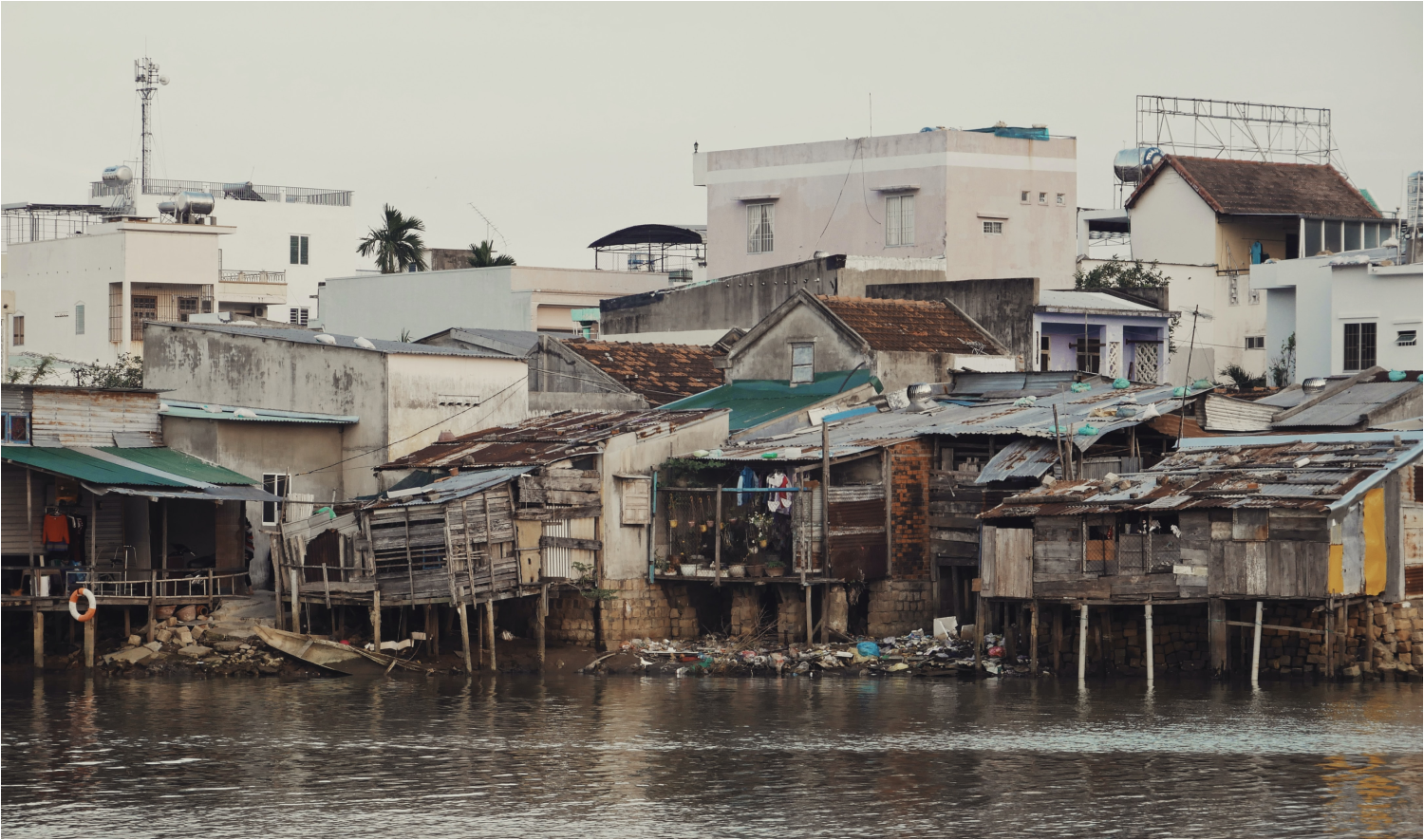A lot is said about the environmental impact of the fashion industry, but focusing only on sustainability from an environmental perspective is to limit to one part of the story. At BCome, we advocate for a holistic view of sustainability, so we have developed the first Social Life Cycle Assessment (SLCA) methodology for your fashion business to assess the social risks associated with its activities. In this article, we invite you to discover what SLCA is and what impact indicators your fashion business should measure.
The global decentralization of the textile sector brings social risks related to human rights, health and safety, and working conditions, which can be challenging to identify and manage
We must not forget that the fashion industry has a strong human dimension. Despite technological advancements, behind every phase of a garment’s life cycle are the hands of many people. Furthermore, the global decentralization of the textile sector brings numerous social risks related to human rights, health and safety, and working conditions, which can be challenging to identify and manage.
Moreover, throughout the value chain of a textile article, multiple harmful chemical substances are used and emitted. As a result, the majority of toxicity and cancer risks fall on textile workers who come into direct contact with these substances. Likewise, chemicals released into rivers can harm nearby populations and contaminate drinking water, and the substances in fabrics that come into contact with the skin can jeopardize those who use them.
As if that weren’t enough, the fashion industry is plagued by unfavorable working conditions, such as long working hours and low wages, in addition to the abusive behaviors to which workers are exposed, including sexual harassment. The cultivation of raw materials and textile manufacturing receive significant media coverage due to unfair working conditions, cases of modern slavery, and child labor.
At BCome, we advocate for a comprehensive approach to sustainability, where addressing the social dimension of fashion is essential to achieve balance in the system. Therefore, we have developed the first Social Life Cycle Assessment (SLCA) methodology in the textile industry. It serves as a solid foundation for assessing social risks, specifically designed for fashion items, aiming to provide a broad understanding of the potential social risks associated with supply chains in the fashion product industry.
What is a Social Life Cycle Assessment and why is it important in fashion?
A Social Life Cycle Assessment (SLCA) is a technique for assessing the social and socioeconomic impacts throughout the life cycle of a product. It is a methodology defined by the UNEP/SETAC guidelines (2020), largely based on the framework of the Environmental Life Cycle Assessment according to ISO 14040/14044 standards.
This analysis considers the impact from the perspective of different stakeholders, defining social impacts as the consequences resulting from pressures exerted on social indicators, such as the well-being of stakeholder groups. The SLCA is relevant to your business because it allows you to:
- Identify critical points by quantifying and qualifying the potential social performance or related repercussions to promote sustainable consumption.
- Explore potential improvement initiatives throughout the life cycle and promote the development of sustainable products.
- Inform the public about the social performance or effects of the product.
BCome simplifies data collection using the PSILCA database, which is based on a multiregional database covering the global economy by industrial sectors. For this reason, BCome’s methodology is based on the cost sheet of each garment. In addition to costs, item and material weights, types of finishes, origins, compositions, transport used, and packaging allow linking primary data to the background system.
What are the social impact indicators to measure in fashion?
To establish the indicators to measure in the social impact methodology, at BCome, we have considered which stakeholder groups are affected by a company’s activity. In this way, BCome’s SLCA methodology assesses the effects from two stakeholder perspectives using a diverse set of indicators from the PSILCA database:
Social impact indicators related to workers
Considering workers as individuals employed directly by a company within the value chain with a formal contract, the following indicators have been defined to measure the social impact on this group of stakeholders:
- Child labor. Reflects the proportion of children aged 7 to 14 involved in economic activities for at least one hour per week in countries within the value chain. This involves work that deprives children of their childhood, potential, and dignity, and is harmful to their physical and mental development.
- Gender wage gap. Evaluates salary disparities between men and women. Describes the difference between the average earnings of men and women in relation to the average earnings of men if their salaries are higher in the product value chain.
- Women in the sectoral labor force. Describes structural discrimination against women, which is the systemic and institutionalized disadvantage that women face in their participation in economic life. It is the proportion between the percentage of women employed in the value chain and the total number of men and women employed in the value chain, based on statistics from the declared countries.
- Fair wage. Implies a salary reasonably proportional to the value of a service provided by defining a fair minimum wage for that service. Gathers information on living wages, the minimum wage required by law, and the prevailing industrial wage locally in the countries of the value chain.
- Forced labor. It is measured by the estimated proportion of the population in the country of the value chain in situations of exploitation, where a person cannot refuse or leave due to threats, violence, coercion, abuse of power, or deception.
- Unionism. Evaluates how liberal and active the union culture is and, ultimately, the extent to which the right to freely organize is ensured in different sectors.
- Safety measures. Reflect the hazards and risks to which workers are directly exposed in their workplace environments in the countries of the value chain. These health risks can be mitigated through appropriate measures taken by the employer.
- Social security expenditures. Measured based on public spending on social protection as a percentage of the gross domestic product. Typically, these expenses include healthcare, sickness, maternity, old age, disability, family, workplace injuries, and unemployment benefits.
- Weekly working hours per employee. Addresses excessive working hours that hinder a sustainable work-life balance, as well as insufficient working hours that limit a satisfactory professional life.
Social impact indicators related to local communities
Considering local communities as groups of people who interact and live in a common location surrounding the factories in the value chain, the following are the defined indicators to measure the social impact on this stakeholder group:
- Biomass consumption. Reflects the risk of exploitation and depletion of resources such as fossil fuels, biomass, and minerals essential for the life and economy of local communities. The use of these resources can lead to relocations, poverty, cultural displacement, and ultimately conflicts with the local population.
- Unemployment. Describes the employment situation in the countries of the value chain and makes assumptions about the importance of local employment. It corresponds to the number of unemployed people as a percentage of the total employed and unemployed population in the countries of the value chain.
- Drinking water coverage. Evaluates the availability and accessibility of uncontaminated water for domestic use in the value chain. Data on safe drinking water coverage are based on information about the proportion of the population with access to an improved water source managed safely.
- Pollution. Analyzes the overall level of pollution in the countries where the value chain operates. It provides information on the relevance of clean economic activities and mitigation efforts.
How can your fashion business communicate its social impact?
Since social impact indicators are mostly qualitative, to simplify their representation and enhance understanding for the end consumer, the results are presented in terms of total impact and corresponding risk, ranging from low risk (0%) to high risk (100%), compared to the worst-case scenario globally. This way, you can provide complete transparency to your customers by showcasing the social performance of your products through the integration of your results on e-commerce that BCome makes available to you.
We have initiated the testing phase to refine the details of our SLCA methodology, collaborating with major brands like SAYE, who are willing to lead in social impact assessment. Would you like your fashion business to join these pioneering companies? At BCome, we would be delighted to provide you with more information on the details of this methodology and guide you through the entire assessment process. Request SLCA now!









